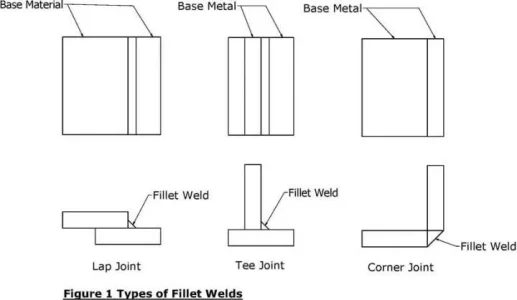Dan Dubeau
Ultra Member
I watched an interesting video the other night, and though I'd share and maybe spark a discussion because I know there are some knowledgeable people here and I want to learn more of how it's actually done in the real world. What's your opinion or preferred methods?
I'm primarily a self taught welder. I've read a few books, got a little bit of hands on teaching from a few coworkers and friends over the years, but for the most part, it's been youtube, forums, and books for mig, tig and stick. I don't consider myself a great welder, but am confident enough in my abilities to work within them, and seek out expertise when I'm beyond them. I've always preferred running stringers when Stick welding, I seem to recall reading that it was preferred, and the stronger correct way for structural stuff years ago, but I'm not sure where I read that. Weave being more for pipe work on cap passes? For looks more than anything.
Seeing as how I don't do any pipe welding I've never done any weave, but on my recent forge firepot build a few weeks back I did give it a try. While it was a fun skill builder, and the results didn't really matter as it's non structural and hidden, I will stick with stringers for critical welds after watching that video.
Here's my 1st attempt at a downhill 1/8" 7018 weave on 1/2" plate. This is the 3rd pass on top of 3 stringer beads. Totally overkill for what it is, but I was having fun, and don't get to burn a lot of rod so, this was more for entertainment than function.

Anyway, I thought the video, while long, was pretty informative, and I loved the analysis and testing of samples part. Reminds me of my metallurgy classes in college where we did a few labs on heat treating and destructive testing of various steels. Fun class and I wish I had access to or got to do that kind of stuff now.
I'm primarily a self taught welder. I've read a few books, got a little bit of hands on teaching from a few coworkers and friends over the years, but for the most part, it's been youtube, forums, and books for mig, tig and stick. I don't consider myself a great welder, but am confident enough in my abilities to work within them, and seek out expertise when I'm beyond them. I've always preferred running stringers when Stick welding, I seem to recall reading that it was preferred, and the stronger correct way for structural stuff years ago, but I'm not sure where I read that. Weave being more for pipe work on cap passes? For looks more than anything.
Seeing as how I don't do any pipe welding I've never done any weave, but on my recent forge firepot build a few weeks back I did give it a try. While it was a fun skill builder, and the results didn't really matter as it's non structural and hidden, I will stick with stringers for critical welds after watching that video.
Here's my 1st attempt at a downhill 1/8" 7018 weave on 1/2" plate. This is the 3rd pass on top of 3 stringer beads. Totally overkill for what it is, but I was having fun, and don't get to burn a lot of rod so, this was more for entertainment than function.
Anyway, I thought the video, while long, was pretty informative, and I loved the analysis and testing of samples part. Reminds me of my metallurgy classes in college where we did a few labs on heat treating and destructive testing of various steels. Fun class and I wish I had access to or got to do that kind of stuff now.

